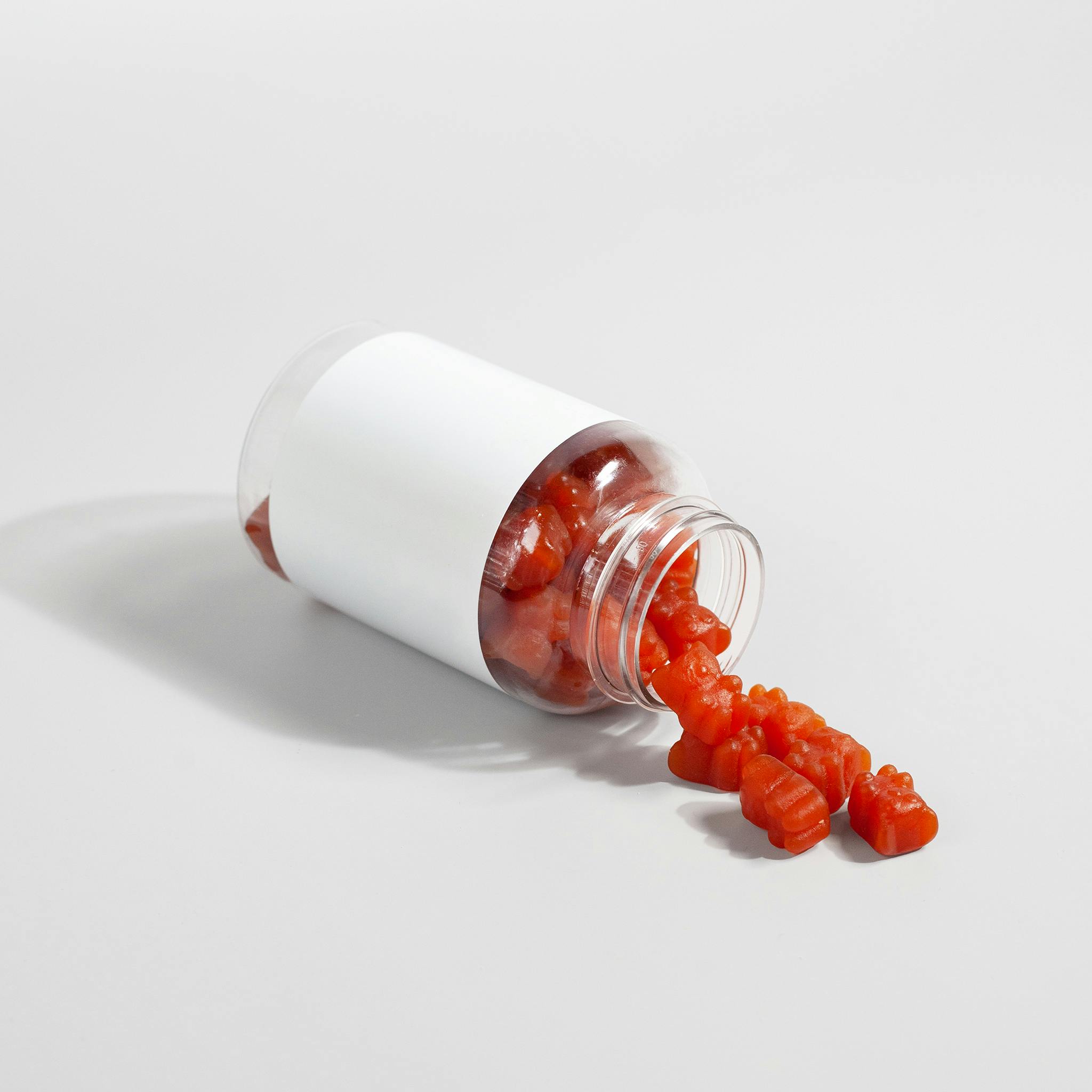Congenital vertical talus open reduction surgery: Technique description and our twenty-years personal experience

All claims expressed in this article are solely those of the authors and do not necessarily represent those of their affiliated organizations, or those of the publisher, the editors and the reviewers. Any product that may be evaluated in this article or claim that may be made by its manufacturer is not guaranteed or endorsed by the publisher.
Authors
Congenital vertical talus foot is a complex deformity, characterized by a dislocation of the talus-calcanear navicular joint. It is a rare form of congenital flat foot, where the hindfoot is valgus and equine, the midfoot dorsiflexed and the forefoot abducted. Regardless of the type of classification, the therapeutic approach and prognosis must take into account the functionality and motility of the foot. Initial treatment is manipulative. After 3 months of age, it is possible to think about soft tissue surgery. In this study, we present congenital vertical talus feet treated at the Pediatric Orthopedics Department of SS. Antonio Biagio and Cesare Arrigo Children’s Hospital of Alessandria from 1995 to 2022. All 8 patients (12 feet) underwent through the surgical operation technique of open reduction described by Tachdjian and further reviewed and subjected to the American Orthopaedic Foot and Ankle Society (AOFAS) Ankle-Hindfoot Score. The mean follow up is 13 years. Global functional result was good and surgery allowed the growth of the foot, which would otherwise be blocked by an ax that is the vertical talus. Questioned remotely, all patients perform sporting activities and wear normal footwear.
How to Cite

This work is licensed under a Creative Commons Attribution-NonCommercial 4.0 International License.
PAGEPress has chosen to apply the Creative Commons Attribution NonCommercial 4.0 International License (CC BY-NC 4.0) to all manuscripts to be published.










